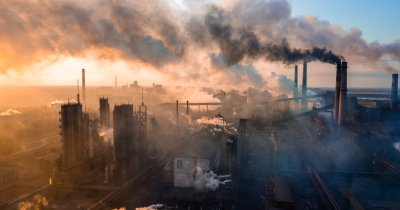Still, according to Reuters, this doesn't mean that we will cross the 1.5-degree Celsius limit that scientists consider is necessary for avoiding disastrous climate effects.
However, a year of warming at 1.5 degrees might show us what higher temperatures could mean for our future.
Petteri Taalas, WMO Secretary-General, said that "we are getting measurably closer to temporarily reaching the lower target of the Paris Agreement."
We have been on track to exceed the 1.5C limit ever since 2015, with experts warning that we had a 20% chance to do so in 2020, and a 40% chance last year.
Even one year of warming at 1.5 degrees Celsius could have severe consequences on our ecosystems, some of which are the bleaching of many coral reefs around the globe and the shrinking of the Arctic sheet cover.
Maxx Dilley, deputy director of climate at the WMO, added that "loss and damage associated with, or exacerbated by, climate change is already occurring, some of it likely irreversible for the foreseeable future."
The average global temperature is now 1.1 degrees Celsius above pre-industrial levels.
While world leaders pledged at the 2015 Paris Agreement to keep the temperatures from crossing the 1.5-degrees Celsius limit, they have fallen short on cutting climate-warming emissions.
If we don't do something quick, the future doesn't look good, as with today's activities and current policies, the world might warm by 3.2 degrees Celsius by the end of the century.
Kim Cobb, a climate scientist at the Georgia Institute of Technology, said that "it's important to remember that once we hit 1.5C, the lack of science-based emissions policies mean that we will suffer worsening impacts as we approach 1.6C, 1.7C, and every increment of warming thereafter."
 Mihai - Cristian Ioniță
Mihai - Cristian Ioniță












Any thoughts?